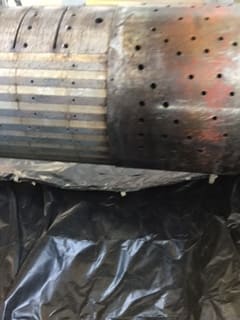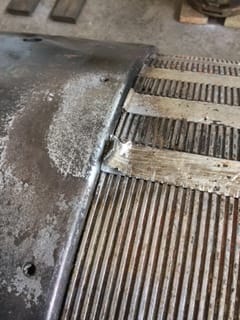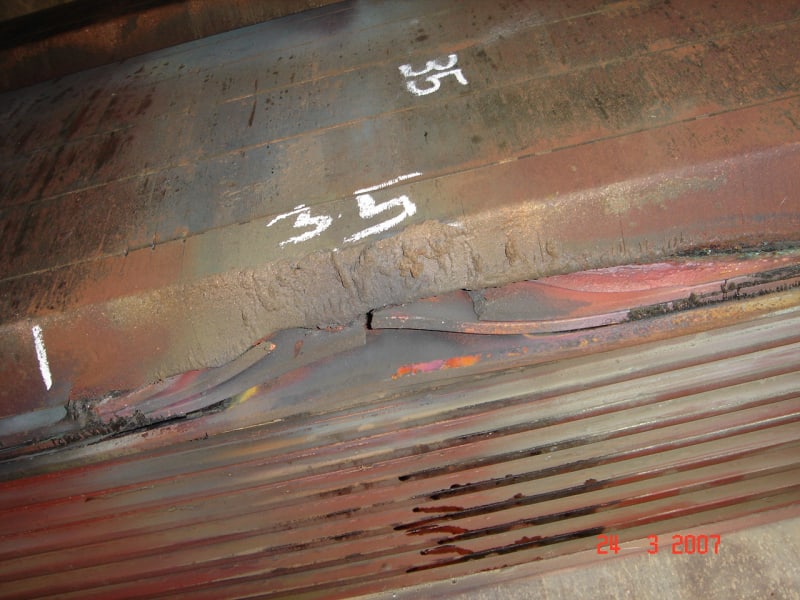xalouris23
Electrical
Hello all,
I am new to group. I am experiencing a design problem where in case of failure of protection relay of a High voltage circuit breaker of synchronous generator, the breaker remains closed (since protection relay is in failure, of course no protection is active and breaker cannot be opened except locally) and due to “poor” design I would say, AVR is also receiving signal from protection relay to de excite the generator.
6 Generators are in parallel to the busbar. That means in short that in case of protection relay failure of one HV generator, generator breaker will remain closed, prime mover diesel engine will be running and excitation of generator will be off!
Any thoughts on the effect the generator will have without excitation while still connected to busbar and prime mover still running?
My understanding is that in this case, generator stator, as is still connected to the grid, will become field excitation and rotor windings will become armature. Prime mover RPM will not be exactly at synchronous speed with busbar and some slip is to be expected (droop mode) so I guess induced AC voltage will be generated in rotor’s poles and potentially big current throughout the rotor windings, rectifier and excitation’s armature windings. Basically creating an induction generator. Any input on this? Do you agree?
Is this a potential situation that rotor can be damaged due to excessive heat after some time?
DG is 20MVA @11kV
Any input is appreciated.
I am new to group. I am experiencing a design problem where in case of failure of protection relay of a High voltage circuit breaker of synchronous generator, the breaker remains closed (since protection relay is in failure, of course no protection is active and breaker cannot be opened except locally) and due to “poor” design I would say, AVR is also receiving signal from protection relay to de excite the generator.
6 Generators are in parallel to the busbar. That means in short that in case of protection relay failure of one HV generator, generator breaker will remain closed, prime mover diesel engine will be running and excitation of generator will be off!
Any thoughts on the effect the generator will have without excitation while still connected to busbar and prime mover still running?
My understanding is that in this case, generator stator, as is still connected to the grid, will become field excitation and rotor windings will become armature. Prime mover RPM will not be exactly at synchronous speed with busbar and some slip is to be expected (droop mode) so I guess induced AC voltage will be generated in rotor’s poles and potentially big current throughout the rotor windings, rectifier and excitation’s armature windings. Basically creating an induction generator. Any input on this? Do you agree?
Is this a potential situation that rotor can be damaged due to excessive heat after some time?
DG is 20MVA @11kV
Any input is appreciated.



